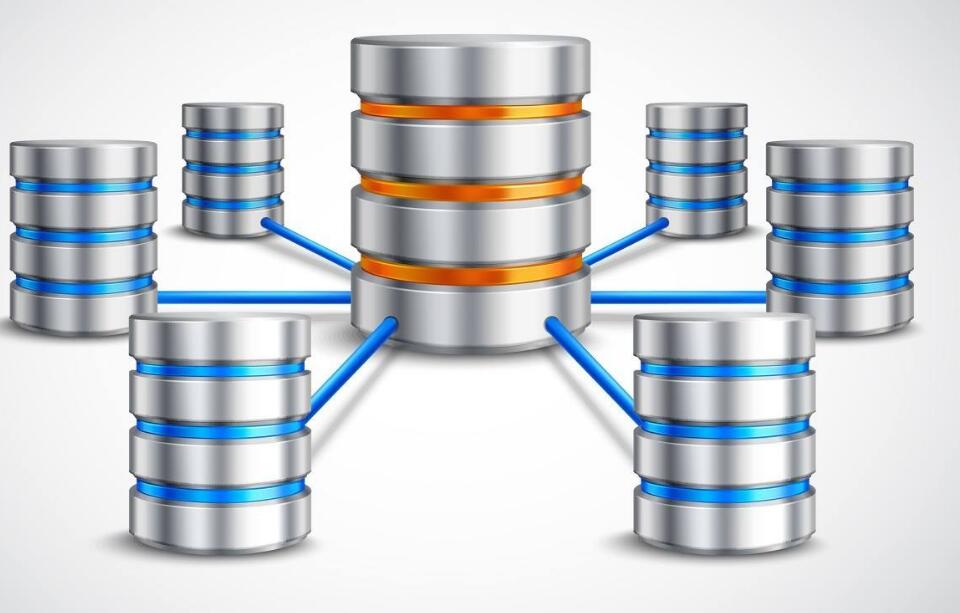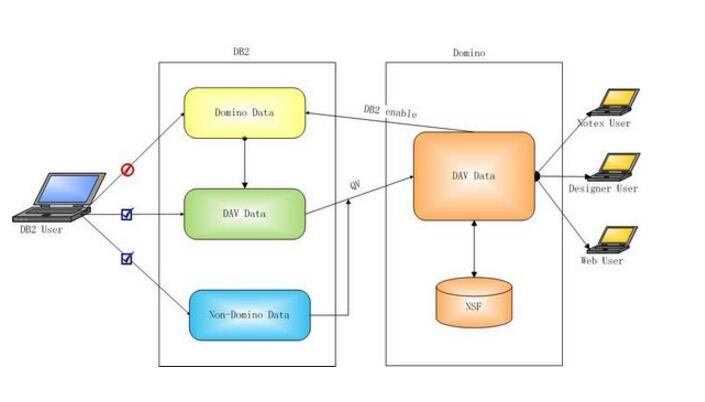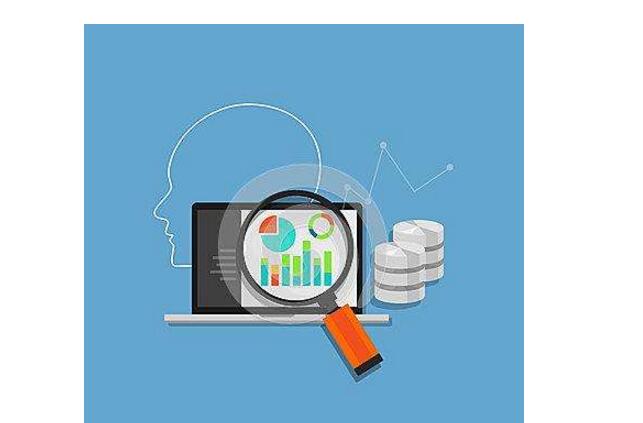**Database Principles**
A database is a structured repository for organizing, storing, and managing data according to its inherent structure. It has been in existence for over 60 years, evolving alongside the growth of information technology and market demands. Especially after the 1990s, data management has expanded beyond simple storage and retrieval, becoming a multifaceted system that meets diverse user needs. There are various types of databases, ranging from simple tables that store different kinds of data to large-scale systems capable of handling massive volumes of information.
In today’s information-driven society, the effective and comprehensive management and utilization of information resources are essential for scientific research and decision-making processes. Database technology plays a central role in many information systems, including management information systems, office automation systems, and decision support systems. It serves as a critical technical tool for enhancing research efficiency and supporting informed decision-making.

**Database Characteristics**
1. Data is structured, and it is interconnected with the entire system.
2. The data offers high sharing, minimal redundancy, and easy scalability.
3. It provides high data independence.
4. Data is managed and controlled by a Database Management System (DBMS).

**Basic Structure of the Database**
The basic structure of a database is divided into three levels, reflecting different perspectives of observation:
- **Physical Layer**: This is the innermost layer, representing the actual data stored on physical devices. These are raw data processed by internal modes.
- **Conceptual Layer**: This is the middle layer, providing a logical representation of the entire database. It defines the relationships between data elements without focusing on their physical storage.
- **User Layer**: This is the outermost layer, representing the data that users interact with directly. It consists of logical records tailored for specific users or applications.
The mapping between these layers ensures seamless data transformation and access.

**Database Data Types**
Databases are typically categorized into hierarchical, networked, and relational databases. Each type organizes and links data based on different structural models.
**Data Structure Model**
(1) **Data Structure**
A data structure refers to how data is organized or connected. If D represents data and R represents the set of relationships between data objects, then DS = (D, R) is called a data structure. For example, a telephone directory arranges names and numbers in alphabetical order, forming an array-like structure where the relationship is defined by lexicographic order.
(2) **Data Structure Type**
Data structures can be further classified into logical and physical structures. Logical structures focus on the relationships between data, while physical structures refer to how data is stored in a computer. The logical structure is implemented through a data model, which includes hierarchical, network, and relational models.
**Hierarchical, Mesh, and Relational Database Systems**
(1) **Hierarchical Model**
This model represents data in a tree-like structure with a single root node. Each node can have multiple children but only one parent. An example is the IMS (Information Management System), a classic hierarchical database.
(2) **Network Model**
This model allows multiple parents for each node, forming a more complex structure than the hierarchical model. It is represented by systems like DBTG (Database Task Group).
(3) **Relational Model**
This model organizes data into two-dimensional tables, simplifying complex relationships. It is widely used in modern database systems due to its flexibility and ease of use.

**Database Application Areas**
1. **Multimedia Databases**: Store audio, images, and video. They handle large, continuous data and require significant storage space.
2. **Mobile Databases**: Used in portable devices such as laptops and smartphones. They enable wireless access to data, offering convenience for remote operations.
3. **Spatial Databases**: Include geographic information systems (GIS) and CAD databases, storing spatial data for maps and design projects.
4. **Information Retrieval Systems**: Help users find relevant documents or data from a database. These systems are commonly used in online catalogs and document management.
5. **Distributed Information Retrieval**: Operate across networks, allowing users to share and access data remotely, especially useful in e-commerce and cloud computing.
6. **Expert Decision Systems**: Use large amounts of data to support business decisions, often integrated with AI technologies for enhanced accuracy and efficiency.
**Common Databases**
**1. IBM DB2**
DB2 is a powerful database management system embedded in IBM's AS/400 platform. It supports SQL and connects to heterogeneous databases, offering speed, reliability, and enterprise-level performance. It is widely used in large organizations, particularly in sectors requiring high data integrity and scalability.
**2. Oracle**
Oracle is one of the most popular relational database systems. It was first introduced in the 1980s and has since evolved to include features like distributed databases and client/server architecture. Oracle supports a wide range of platforms and offers strong compatibility, portability, and connectivity.
**3. Sybase**
Sybase is a client/server-based database known for its open architecture and high performance. It runs on UNIX, Windows NT, and Novell Netware environments, making it versatile for different operating systems. Its robustness and scalability make it suitable for enterprise applications.
UV Film Sheets
We all know that curved-edge phones look good, but they are not easy to protect. In order to prevent the mobile phone from being scratched, current mobile phone users like to stick a phone Screen Protector on the mobile phone screen.
With the development of the market, more and more users like mobile phones with curved screens. Unlike flat mobile phones, the screen protectors of curved screen mobile phones are not easy to buy or stick. The main reason is that the Tempered Glass Screen Protector of curved mobile phones is difficult to fit the height of the mobile phone screen. Then our TUOLI Uv Screen Protector is the best choice for full screen users.
Using the curing principle of the 30 UV lamp beads of the UV Curing Machine to scan the entire screen, the UV Screen Protection Film has the texture of tempered glass. The upper limit of the high temperature of the UV Machine is 60 degrees, has a good heat dissipation function, and has a time setting: 180 seconds. Exquisite and easy to operate, it can make the Screen Protective Film have high light transmittance and smoothness.
Uv Curing Film,Uv Screen Curing Film,Uv Protective Curing Film,Uv Glass Curing Screen Protector
Shenzhen TUOLI Electronic Technology Co., Ltd. , https://www.tlhydrogelprotector.com